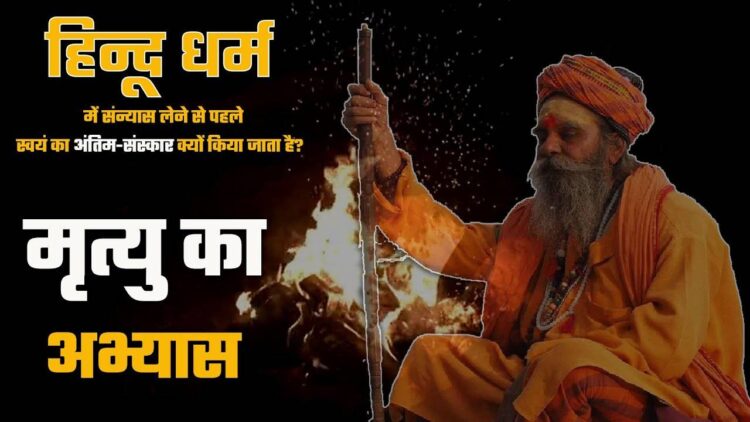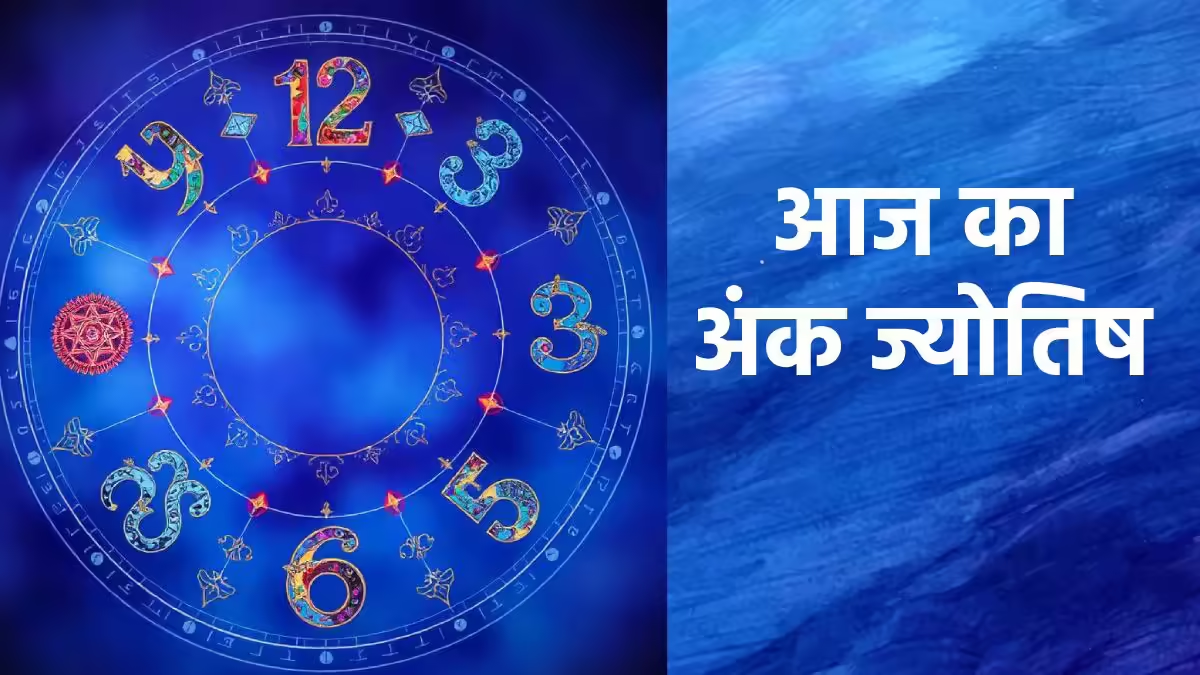You must have heard that ascetics perform their last rites before taking initiation or before starting the ascetic life. Doing this while alive is a big step in Hindu religion. But why is there a need to do this and what is the meaning of this process? What change does this bring in their thinking or life, let us understand…
In Hindu religion, people take Sannyasa only when they leave worldly attachments and go in search of self-knowledge. They develop a feeling of detachment and even at that time there is only one thing connecting them to the world and that is their attachment to life and their body. When someone performs his last rites, it symbolizes that he has separated himself from the world in every way. He has given up everything, even his own survival. This process not only symbolizes the breaking of one’s connection with external life, but also paves the way for the liberation of the soul and complete detachment from the attachments of the world. Let us understand what is its spiritual significance.
1. Symbol of complete detachment from the world
One’s own cremation signifies that the sannyasi is now free from his physical body, relationships, desires and social obligations. It symbolizes the idea that a person has considered his “material life” to be over and now his aim is only spiritual progress and self-realization. After the funeral, the ascetic is considered to be beginning a new spiritual life.
2. Destruction of ego and self-realization
This process is a symbolic way of eliminating the ego. One becomes free from one’s identity, name, title and material achievements and accepts that “I am only the soul, not this body.” One’s own cremation gives the message that the soul is not mortal. This body may perish, but the soul is immortal.
3. Practice of death (Practice of Vairagya)
This process makes the person aware of his own death. After closely understanding and accepting death, the person gives up attachment and illusion and adopts Vairagya (detachment) in the true sense. This practice helps one recognize the impermanent nature of life.
4. Freedom from worldly relationships and duties
Cremation ensures that the ascetic has given up his familial and social ties. It also gives acceptance to the society and family that the person is now separated from worldly responsibilities.
In India, before taking sannyasa, “Virakta Diksha” is performed, during which a symbolic cremation of the individual is performed. After this process the Sanyasi is given instruments like “Dand” (stick) and “Kaupeen” (piece of cloth), which symbolize simplicity and ascetic life.






